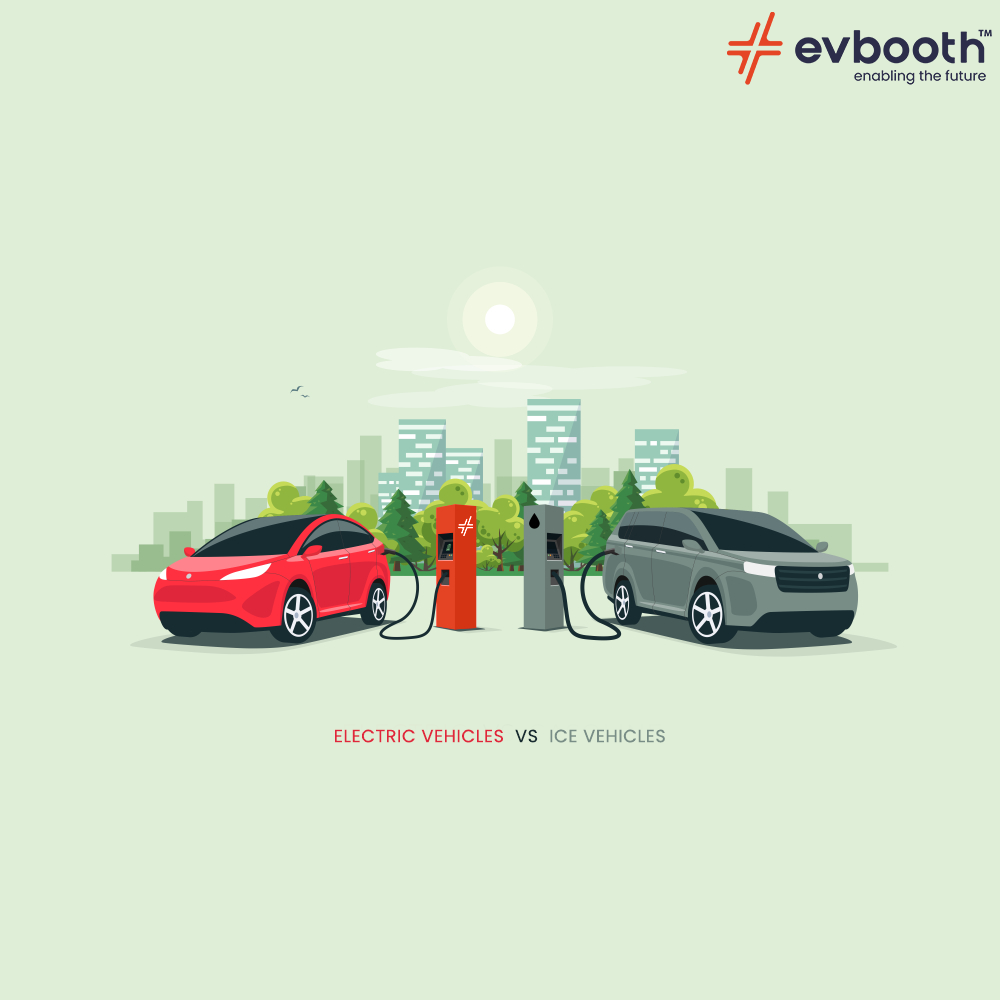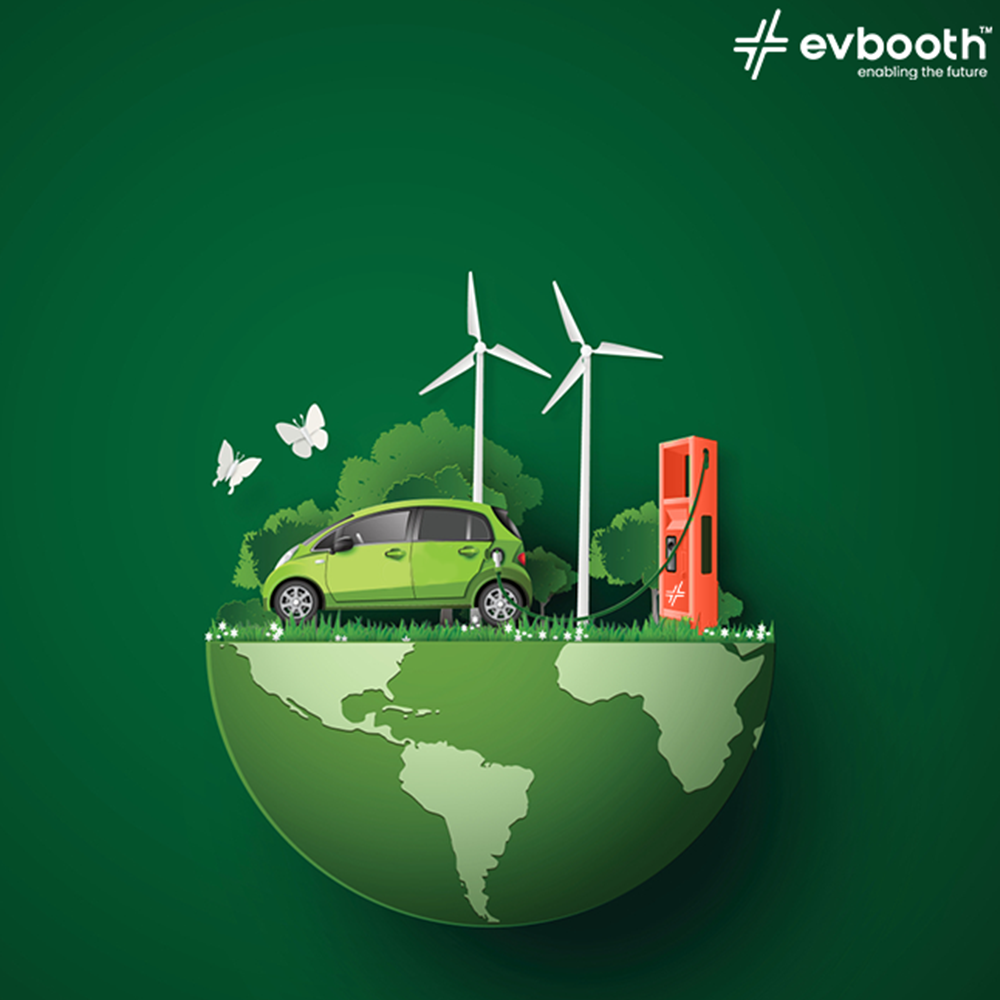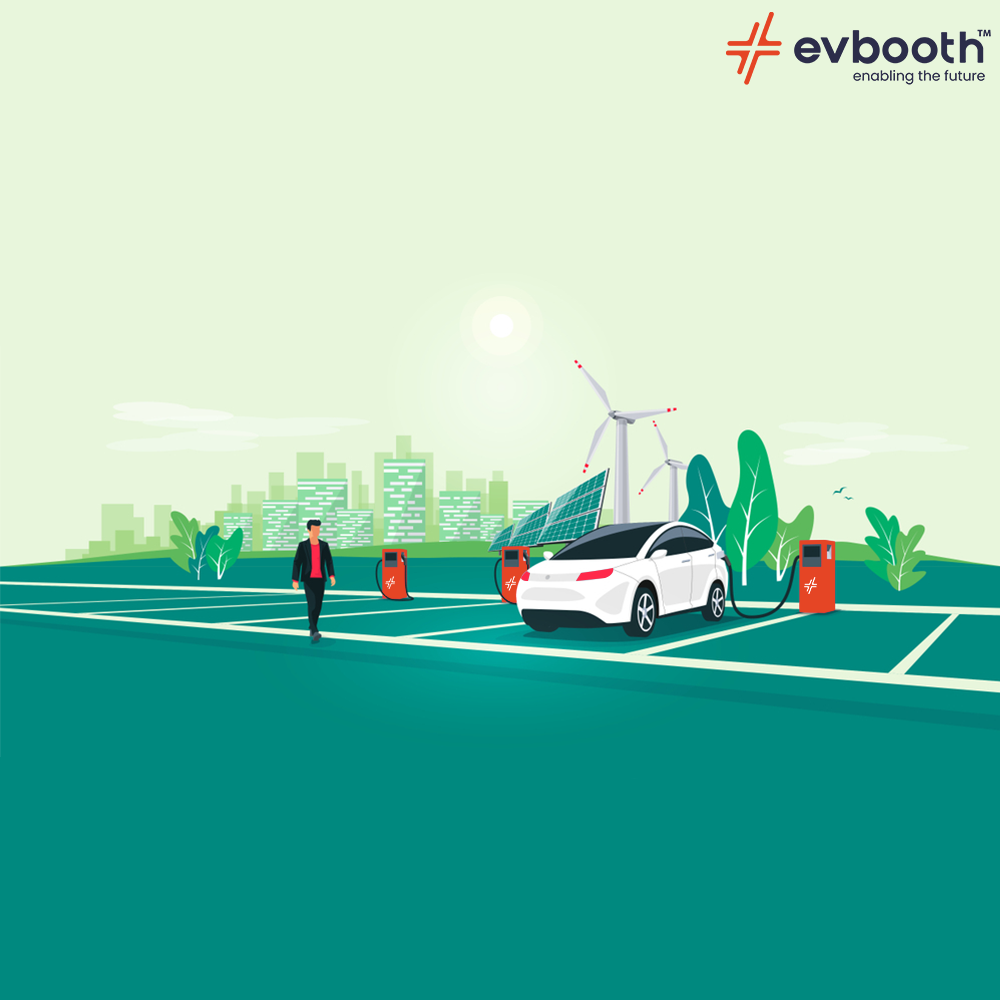Electric Vehicles (EVs) vs. Internal Combustion Engine (ICE) Vehicles: A Power Comparison
In the fast-evolving world of transportation, electric vehicles (EVs) have become a symbol of eco-conscious driving. However, the question that consistently surfaces is whether EVs truly match the power of their traditional internal combustion engine (ICE) counterparts. In this detailed exploration, we’ll break down this power dynamic with the following subheadings for a structured discussion.
Understanding the Power Metrics
Measuring Power: kW vs. HP First, it’s crucial to understand the distinct units used to measure power in EVs and ICE vehicles. EVs rely on kilowatts (kW), while ICE vehicles use horsepower (HP). But these units are not apples-to-apples comparisons, as kW quantifies electrical power and HP gauges mechanical power. To provide a fair evaluation, we need to dig deeper into various performance metrics.
The Prowess of EV Torque
Torque – The Force that Accelerates One of the standout features of EVs is their remarkable torque output. Torque, simply put, is the rotational force that gets a vehicle moving from a standstill. EVs excel in this aspect, generating substantial torque even at low speeds, providing them with an inherent sense of power and responsiveness in everyday driving.
The Acceleration Advantage of EVs
Impressive Acceleration When it comes to acceleration, EVs have a well-deserved reputation for their high performance. Electric motors offer an exceptional feature: instant torque. This means that EVs can go from a complete stop to full throttle rapidly and seamlessly, outpacing most ICE vehicles. This characteristic caters to the need for speed and excitement, making EVs a perfect choice for enthusiasts.
Speed: A Slight ICE Advantage
Top Speed: ICE Holds the Crown It’s fair to acknowledge that when it comes to top speed, ICE vehicles still maintain a slight advantage. While some EVs achieve impressive top speeds, they often have to sacrifice range to attain them. Higher speeds require more energy, which can quickly deplete the battery. Consequently, many EVs have speed limiters to protect their battery life. (Refer to the subsequent tables for a more in-depth comparison of speed and mileage.)
EV Range: Evolving Beyond Expectations
Expanding Horizons in Range Historically, EVs have trailed behind ICE vehicles in terms of range. Nevertheless, with the remarkable evolution of battery technology, modern EVs can now travel well over 320 kilometers on a single charge, with some pushing that boundary to exceed 600 kilometers. Notable examples include the Tata Nexon EV Max, boasting a certified driving range of 437 kilometers on a single charge, and the Hyundai Kona, which delivers an impressive 484-kilometer range per charge. This expanded range capability is substantially reducing range anxiety for EV owners.
In Summary: EVs – Power Players for Most Needs
Making the Power Comparison In summary, EVs offer substantial power for the majority of everyday driving needs. With their instantaneous torque and exceptional acceleration, they cater to those who seek top-notch performance. While they may not quite match the top speed or range of ICE vehicles, these limitations are becoming less significant as battery technology continues to progress. When choosing between an EV and an ICE vehicle, the decision ultimately rests on personal preferences and requirements. In terms of power, there’s no denying that EVs can hold their own against their petrol-burning counterparts. As the automotive landscape transforms, EVs remain a formidable force in the realm of power and performance.





